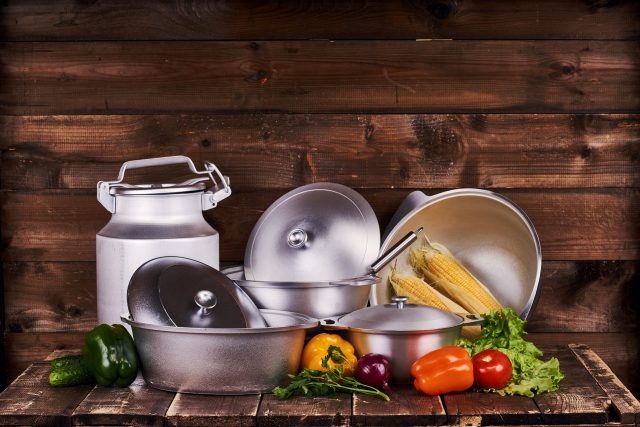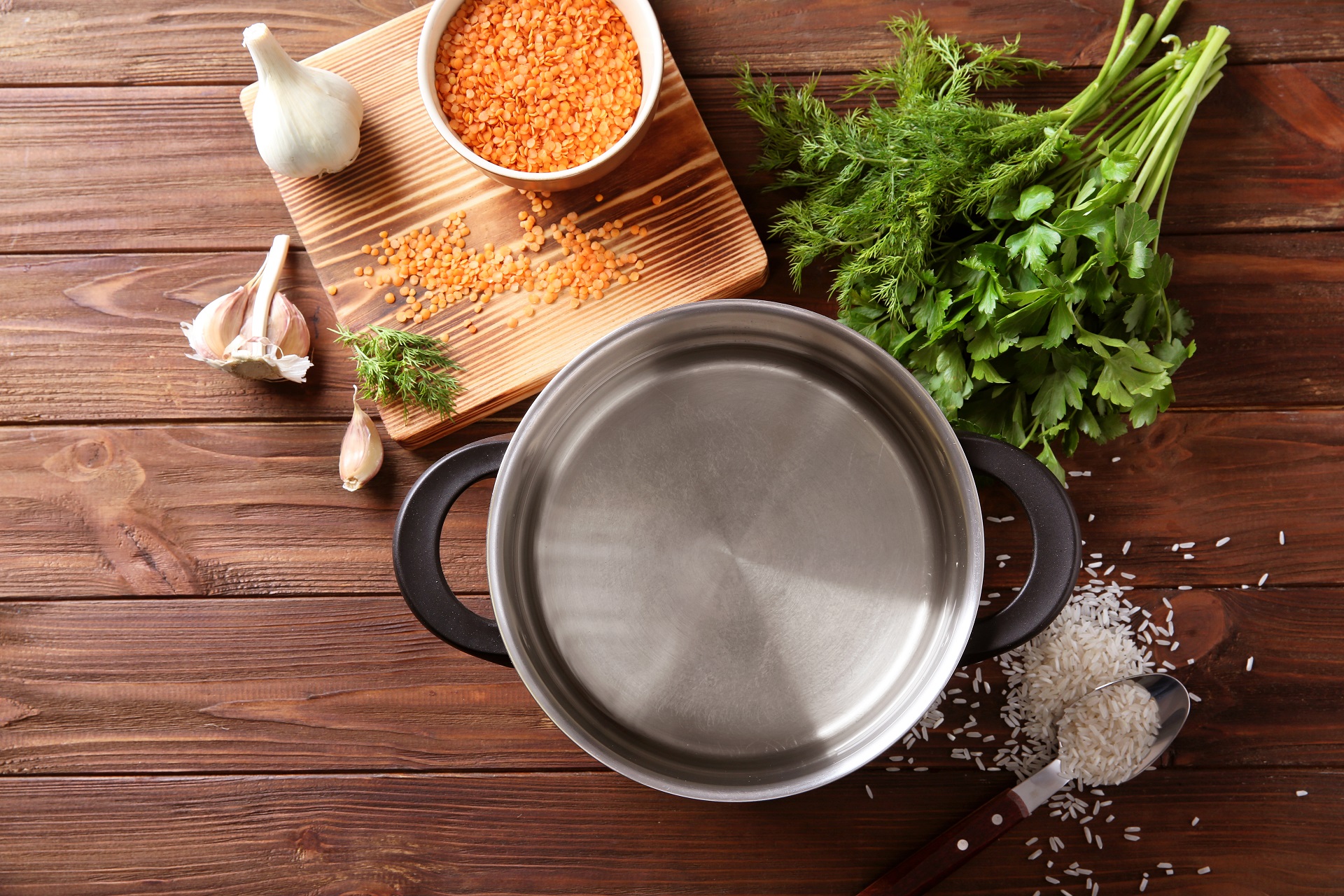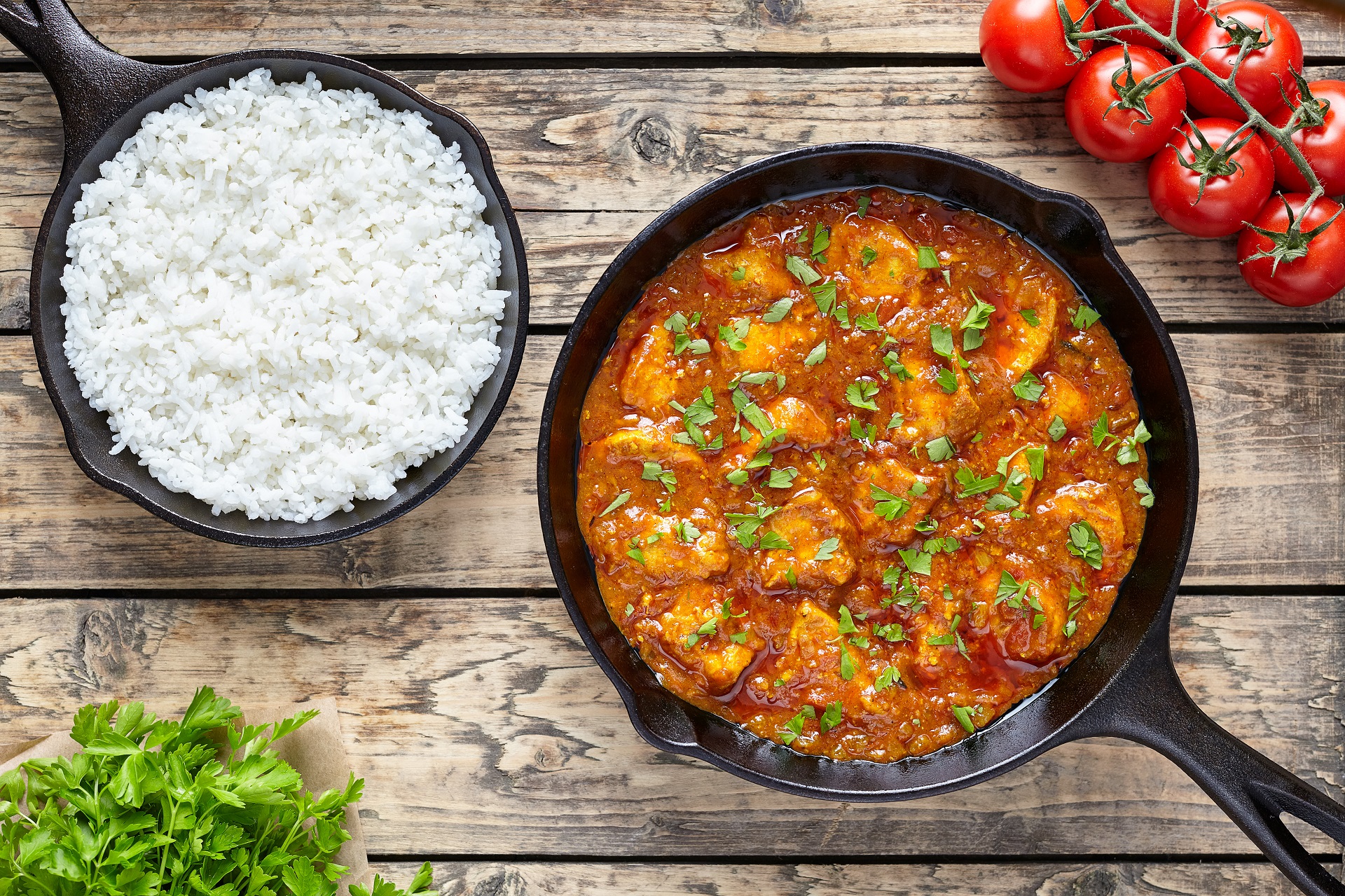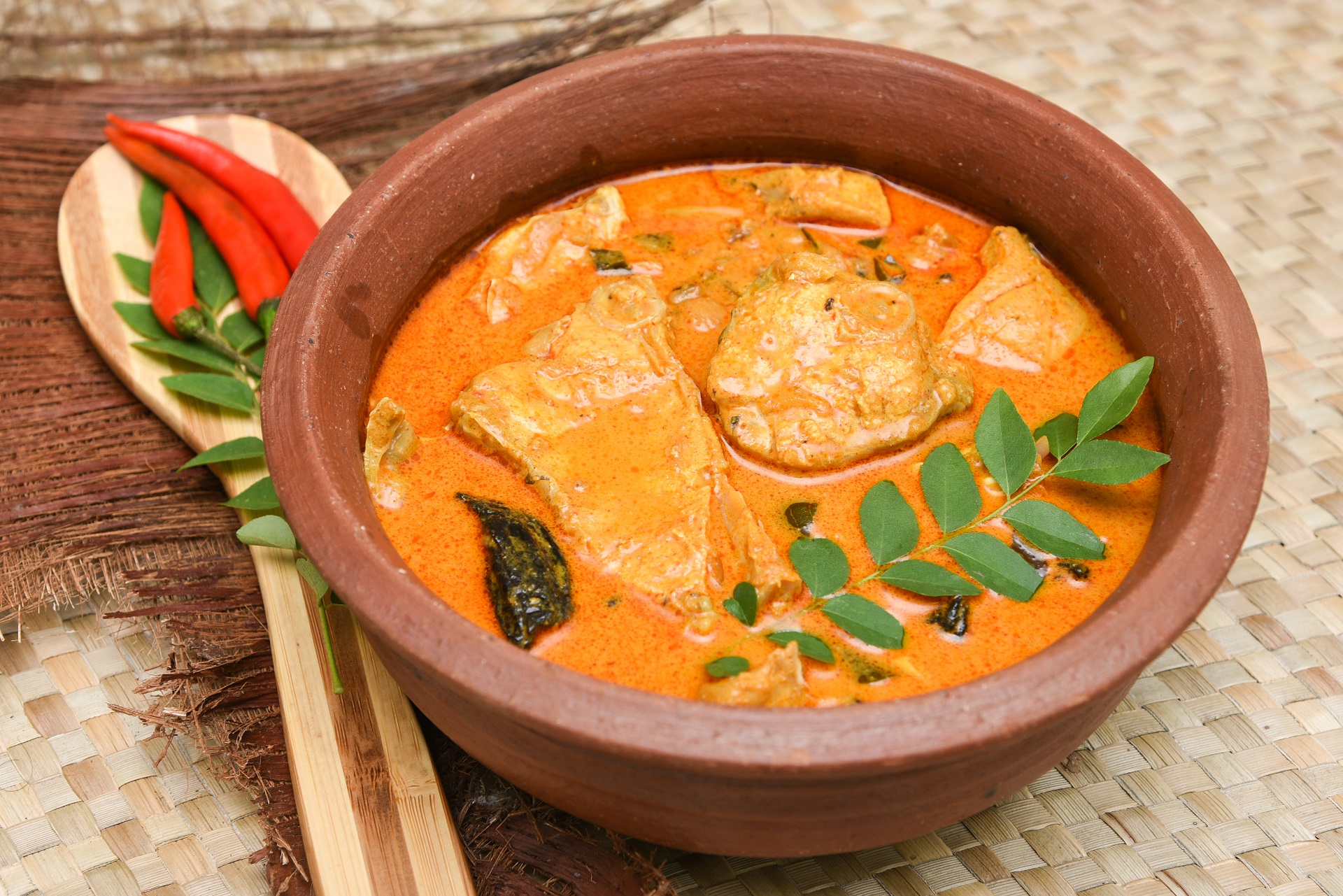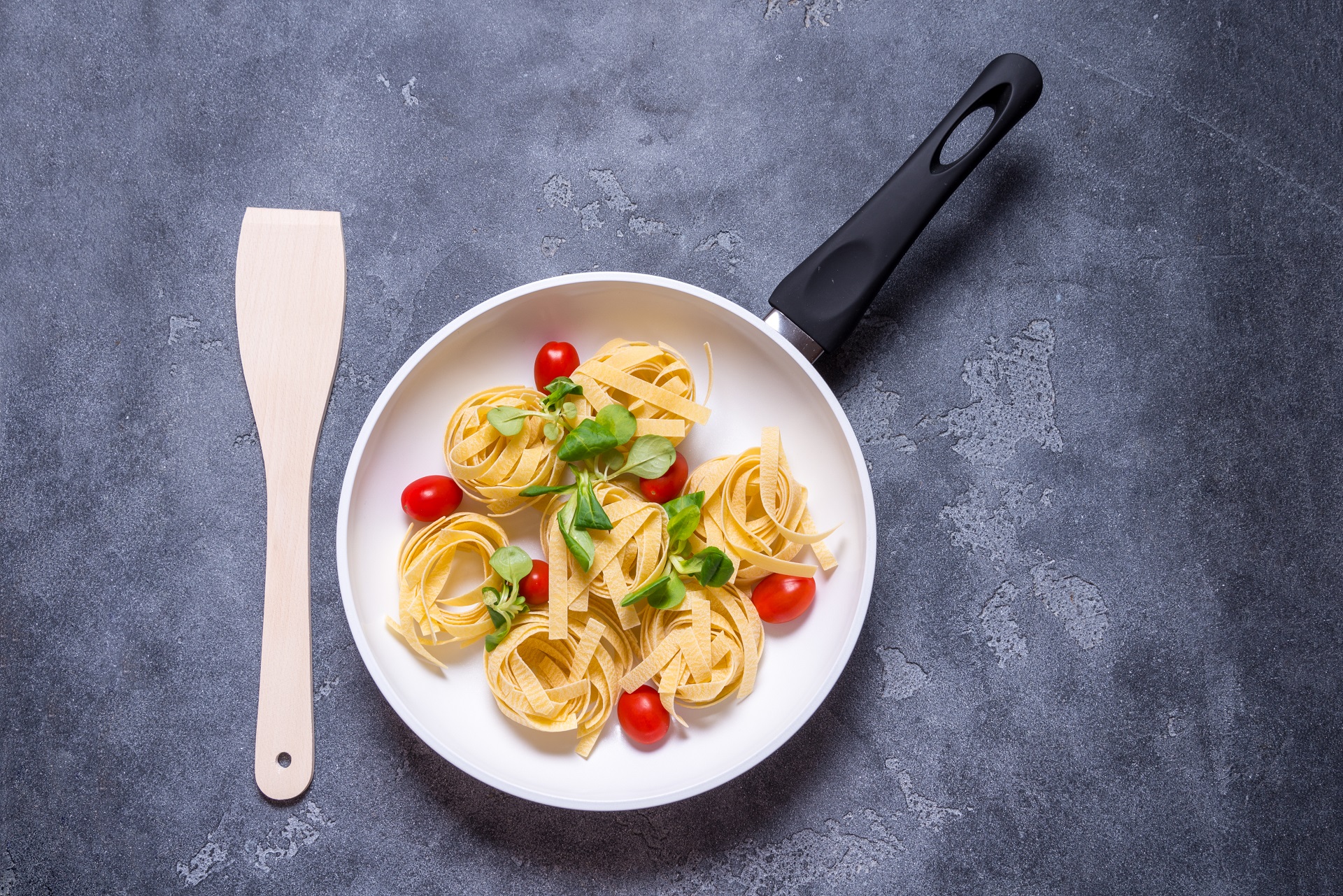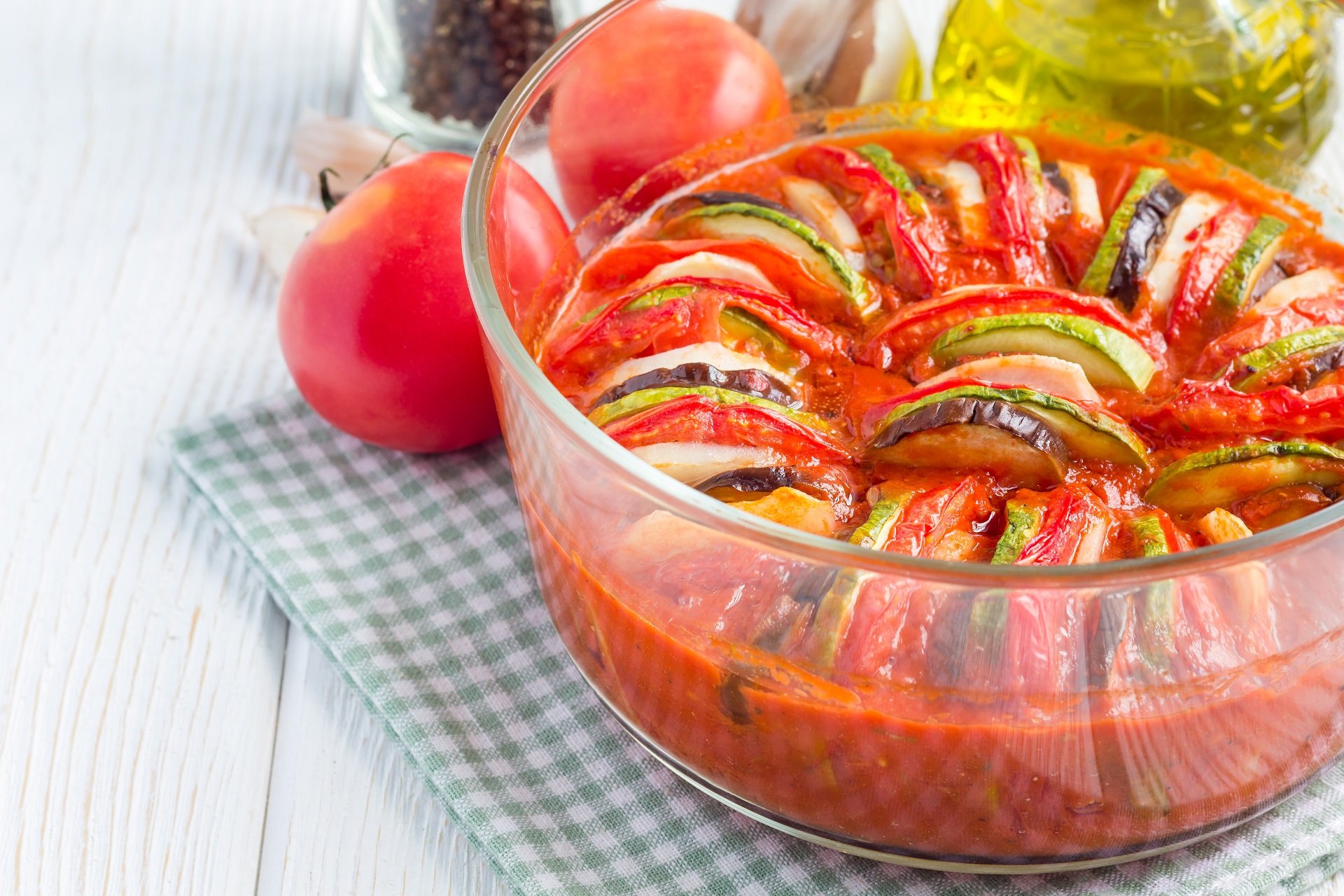While most of us are careful about what we eat and drink, are we as careful about how we cook? Are traditional cooking utensils better or are modern ones better for health? How do they fare when it comes to toxicity? How do stainless steel, aluminum, iron, brass, Teflon and earthenware utensils stack up?
Walking into a bartan (utensil) store, one is bombarded with options, each shinier and more attractive than the other! While some promise to help you cook using little to no oil, others promise to be energy efficient and some just rely on aesthetics and intuitive designs to attract buyers. We look at the pros and cons of various cooking materials:
Aluminum cookware
Aluminum is a popular choice because aluminum utensils are lightweight, durable, affordable and conduct heat evenly for efficient cooking. However, aluminum receives a lot of flak for being injurious to health, from being held responsible for causing Alzheimer’s disease to bone disease and anemia. There is the apprehension that aluminum flakes off or dissolves and small quantities leach into food thereby entering our systems and causing problems relating to toxicity. We are warned that storing acidic foods in aluminum vessels for longer durations has the most negative consequences.
However, studies do not support all the scaremongering that accompanies aluminum cookware. There is no definite link found between aluminum and Alzheimer’s. According to the WHO up to 50mg of aluminum a day is safe for humans to consume. If at all traces of aluminum do leach into our food and get consumed, the quantities are far lesser than what is considered toxic. Aluminum is found in some medications, cosmetic and even some packaged foods which most of us consume without any detrimental effects.
There are some precautions you could take with aluminum however. Older, worn or damaged aluminum utensils should be discarded. When buying new aluminum ware, opt for hard anodized aluminum cookware which is sturdier and has a sealed surface to prevent leaching into food. Also avoid storing food for too long in aluminum, particularly acidic or sour foods, tomato-based gravies and so on. People with kidney disease are more likely to retain aluminum since their kidneys are less efficient at removal of waste from the body. So people with kidney disease should avoid food cooked in aluminum cookware to the extent possible.
Stainless steel cookware
Stainless steel cookware is typically made from a combination of materials such as nickel, manganese, chromium and so on. It is thought to be safe to cook. Stainless steel is resistant to corrosion and is not likely to flake off and leach into food as aluminum is suspected to do. The downside to cooking in stainless steel is that food tends to stick to the surface and typically requires more oil for cooking. Low grade or poorly constructed stainless steel vessels may also cause some amount of nickel to flake off and get into food. Though nickel is not toxic in small quantities, this could be a problem for people who are allergic to nickel.
Iron cookware
Traditionally, iron is a very popular choice for cooking in Indian kitchens. Iron being an important constituent of a healthy diet, the possibility of iron leaching into our food is not a problem; in fact many experts consider this desirable and claim that this could help maintain healthy hemoglobin levels in the body. Iron vessels are also durable and long lasting; they are good for slow cooking and help heat food evenly. A well-seasoned iron karhai or tava can prevent sticking of food and act like a nonstick to some extent – a regularly used iron skillet for dosa is an example.
While it is good to cook using ironware, this should preferably be done a few times a week rather than everyday to avoid any possible problems. Also, it is best not to store the food in iron vessels. Since iron is prone to rusting, don’t store water and items high in moisture in iron. It is advisable to wash thoroughly and then line ironware with a thin layer of cooking oil.
Clay and earthenware cookware
This is another type of cookware traditionally used in India; in many South Indian kitchens, rasam is still made in earthen cookware. In many households, rotis or bhakri (a thick traditional roti variation) is still made on earthenware. Many people also enjoy the distinctive flavor that these vessels impart. In recent times, earthenware cookware is also marketed as high-end, eco-friendly cookware.
However, it is important to use well made earthenware pots and pans. The quality of the clay and the process of glazing used are both important here. Since these pots and pans are brittle and prone to breaking they have to be used with care. It may be best to use high-quality earthenware from reliable manufacturers. Use nonporous clay pots since other types could result in bacteria buildup in the pores.
It may be advisable to use them more for storing water (to cool it naturally), to make rotis, to set curds and so on. It’s better to use these selectively rather than to do all your cooking in it. If you’re using earthenware in the microwave or convection oven, ensure that they are microwave safe else they could crack or break during the cooking process.
Copper and bronze utensils
Copper vessels are another traditionally used type of cookware in Indian homes – good looking and healthy for cooking since copper is an essential nutrient that the body requires. While good quality copper utensils may be perfectly safe to use (and very attractive), they are typically quite costly and there is no particular benefit to justify the extra cost. Maintenance of copper is also an issue since the lining of tin in the vessels is prone to wearing off easily. This is why many people prefer to use copper vessels for serving rather than for cooking.
There are similar issues with bronze or what we called kansa vessels, which are alloys of copper. The inner coating needs to be renewed periodically which may be tiresome and expensive; besides with fewer people using these pots and pans there are very few craftspeople who perform the job of renewing this lining.
Cooking with ceramic and enamel
Typically, it is not possible to cook in ceramic pots and pans unless they are glazed. The glazing is subject to wear and tear and discoloration. Also, poor quality glazing may mean that low-grade materials are used for glazing and harmful substance such as cadium and lead may slough off to mix with your food.
One viable and attractive option is cooking with enamel-coated pots (usually overlaying steel or iron). The vessels are resistant to scratching and flaking, cook foods well without leaving stains. Make sure to choose high-quality enamel-coated cookware.
Plastic and silicon cookware
Obviously when we speak of plastic or silicon cookware, we limit this to microwave cooking because these cannot be used for flame cooking. Here too, it is important to use only good quality, food-grade plastic that is expressly stated to be microwave safe. Melamine (which is basically a type of plastic) is completely unsuitable for convection ovens and generally unsuitable for microwaves as well (even for heating), since it tends to heat up along with food. When you store food in plastic boxes, ensure that they are stored in cool dark environments because extremes of temperature could cause toxins to leach into food.
Silicone is thought to be a safe cooking surface. Food-grade silicone is attractive, comes in a variety of colors, is flexible and sturdy, and is also able to tolerate high temperature variations. It doesn’t react with liquids and foods to produce any harmful fumes or substances.
Glass cookware
Glass is not for flame-top cooking but is an excellent option for microwaves and convection ovens. Glass is attractive, resistant to staining and easy to clean. You can cook a variety of things in it: rice, bakes, cakes, stews, one-pot dishes like casseroles and so on. Of course, you have to ensure that this is cookware specifically made for the oven.
Teflon cookware
While nonstick cookware is amazing in terms of reducing requirement for oil and cooking without burning, sticking or waste, it is something of a modern kitchen villain. The problem here is the chemical substance Polytetrafluoroethylene (PTFE) that is used to bond the nonstick surface with the surface below. It is thought to cause all sorts of problems from hormonal issues to cancer.
The safety issue with this type of cookware relates mostly to higher temperatures. When the cookware temperature reaches about 260°C (500°F) – which is the point at which most oils start to smoke – it starts to deteriorate and disintegrate. Nonstick coatings are also seen to be carcinogenic in some rat studies. While Teflon itself doesn’t cause cancer, overheating could result in noxious fumes. Also, when the Teflon coating wears away, there may be other problems caused by the metal layer below.
If you wish to continue using Teflon for the convenience and ease of use, it may be best to opt for trusted, known brands (even though they may be more expensive). Also look for products that are marked ‘Perfluorooctanoic Acid (PFOA) Free’ since this is the harmful chemical that should be avoided.
Be an informed consumer and use cooking, storage and serving utensils that are best for your health and suitable for your lifestyle.































